MVP: What It Is, Types and Stages of Creation

Developing a new product entails resource costs: money and time. However, it's impossible to predict with 100% certainty whether an idea will be successful. Going all-in and implementing all planned features at once carries the risk of significant losses. If the product doesn't become popular or isn't needed by anyone, the business will have wasted money.
To test hypotheses relatively economically, the MVP (Minimum Viable Product) method was devised. In this approach, the idea is implemented but not fully. The client receives basic functionality and evaluates it, while the creator makes decisions about further product development based on feedback.
In this article, we'll delve into what an MVP version is, why it's needed, and how it's created.
What is MVP and why it’s needed
MVP (Minimum Viable Product) is a minimal viable product or version that already has features to meet needs and demonstrate software capabilities to the client.
It is created to test an idea without unnecessary investments, which is why startups often use this approach. However, an MVP product is a universal solution, suitable for large companies launching new projects and aiming to avoid financial losses.
For example, let's say you decide to start producing small cakes with original inscriptions. The MVP of such a product would be a classic white cake with letters made of special cream. The cake is already tasty and produces the desired effect; the customer can cut a piece, taste it, and evaluate it.
Then, the full version would include multiple colors, a more complex shape (e.g., round), 3D letters, and illumination.
Why is the MVP model needed
Checking the viability of the idea. A real product provides much more information than preliminary market research. User feedback will show which features are important and what prospects the project has.
Resource saving. The MVP, as a minimal product, is a test version that does not require huge investments. Therefore, in case of failure, the losses will not be fatal. Additionally, the MVP prototype will indicate which functionality is not interesting to users, allowing you to avoid investing in the development of these directions.
Increasing competitiveness and attracting customers. The longer the development takes, the more likely it is that someone else will launch a similar product. Creating an MVP solidifies the position of the developing company in a certain niche, making it harder for competitors to surpass you.
Attracting investments. It is easier to raise funds for a product that already exists than for an idea. Developing an MVP will be a plus for investors and a visual demonstration of the project.
How MVP differs from PoC
The concepts of MVP (Minimum Viable Product) and Proof of Concept (PoC) are related but distinct.
| Type | Description |
|---|---|
| PoC | Concept development and verification through market analysis, customer interest (for example, by the number of pre-orders) even without the product itself. That is, only a certain promise is demonstrated, a description of the functionality. Experience of other companies and other data is also analyzed. Sometimes MVP version of a product can become one of the stages of Proof of Concept. The method has no clear boundaries, so this variant is possible. |
| Prototype | A software simulation that demonstrates basic features and interface, but it is not full functionality. |
| MVP | Hypothesis testing on a real-world product with the necessary functionality for user evaluation. |
Types of MVP
It is more accurate to distinguish stages of MVP rather than types because the classification depends on the degree of readiness of the test product. It is not always fully functional software.
Here are the types of MVP
- Landing page, where detailed information about the future product and planned features is gathered. Email addresses or other contacts with interested users are collected here. This helps build a customer base, to whom demos and other product testing options can be offered through available communication channels.
- Concierge. While the product does not yet exist, all functions are performed by people. Communication with users occurs not through an interface, but directly (messengers, email, etc.). For example, instead of a hotel booking service, users need to contact a manager.
- Product simulation. In this version, there is a user interface, but the functionality is implemented by the developers themselves, who manually process requests. This means that automation is not yet in place, but users may not be aware of this.
Stages of Creating an MVP
- Goals and objectives. Determine the problem the user should solve with the future product and the features that will address it. Also, describe the product's value proposition to customers.
- Market analysis and target audience. To create a useful MVP application, service, or other software, it's important to know existing alternatives: their advantages and disadvantages that your product will address. Also, identify who the consumers are and what they want.
- Functionality planning. Describe how the MVP product will work, the steps the user will take during usage, and how to make the journey as straightforward as possible.
- Development. Proceed with one of the familiar methodologies in IT. Typically, this is Agile with Scrum and other tools. By this stage, the programming language for the MVP version of the product has been chosen, and the team has been formed.
- Product launch and testing error resolution. This process takes place within the team to present users with a properly functioning product.
- Feedback and analytics. The MVP product is released to users, who use it to solve their tasks and provide feedback. Based on the results, creators analyze the data and draw conclusions about the success of the idea and its prospects. If testing is successful, deficiencies are addressed, and the product is refined to the full version.
Examples of MVP
Amazon
The story of one of the world's top online retailers began with an MVP in the 1990s. Amazon's founder, Jeff Bezos, didn't create a full-fledged online store but focused on selling just five products—the best-selling books. This resulted in a simple website that grew into a full-fledged digital platform for commerce. And Bezos became one of the wealthiest people in the world.
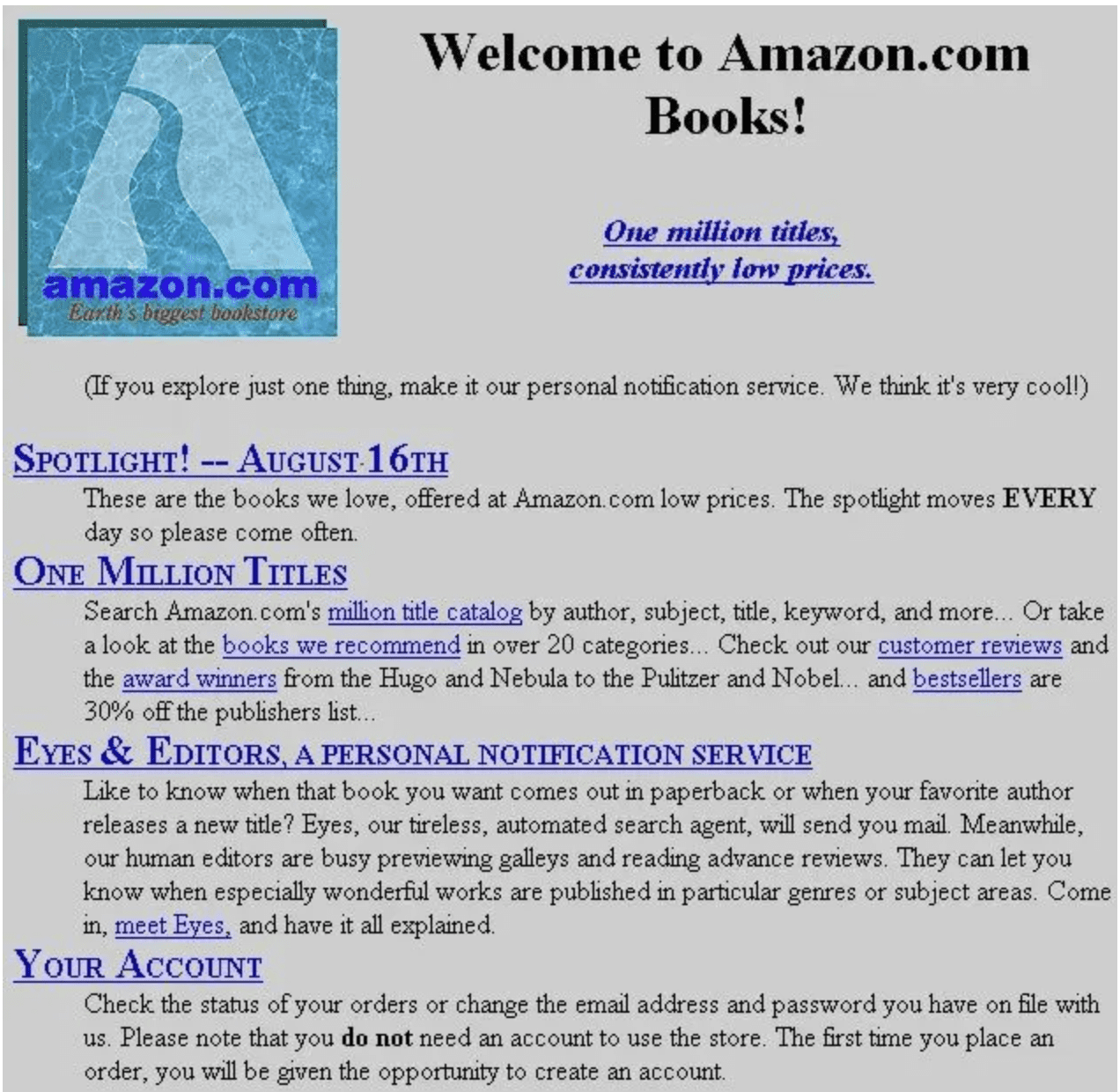 Amazon's first version
Amazon's first version
Uber
In the first version, the service was called Ubercab. The Minimum Viable Product included only the feature of connecting passengers with nearby drivers in real-time. Even then, there was a driver rating system and GPS.
Later, additional features beyond the MVP were introduced. For example, shared rides, messaging, and even food delivery.
 MVP version of Uber (Ubercab)
MVP version of Uber (Ubercab)
Duolingo
The MVP version of the app featured a passive-aggressive owl and was free for users. The financial model relied on crowdsourcing: users translated texts, and the best translations were sold.
Later, Duolingo became interactive, offering more lessons, and subscription terms were changed.
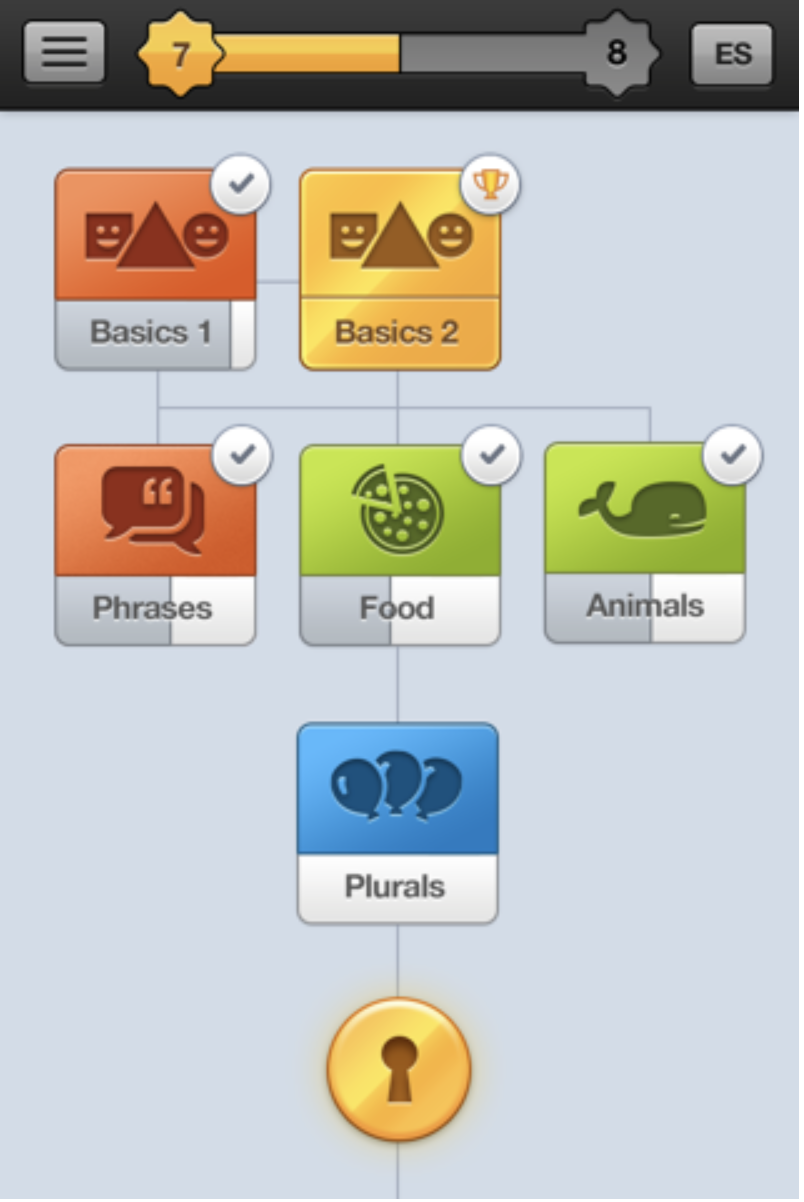 The interface of one of the first versions of the Duolingo application
The interface of one of the first versions of the Duolingo application
Instagram*
In the first version, the app looked like a simple photo album where users could apply filters. This format turned out to be very popular.
Today, Instagram is a platform with photos, videos, stories, chats, and many other features that have been added since the MVP version.
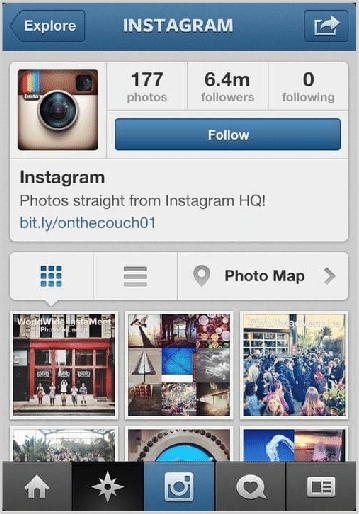 Instagram*: start
Instagram*: start
The MVP of the service was very simple: users saved ideas (images) by topic and pinned them to boards, sharing them with others. Today, this aspect of Pinterest remains, but features such as search, recommendations feed, and shared boards have been added, and users can also upload videos.
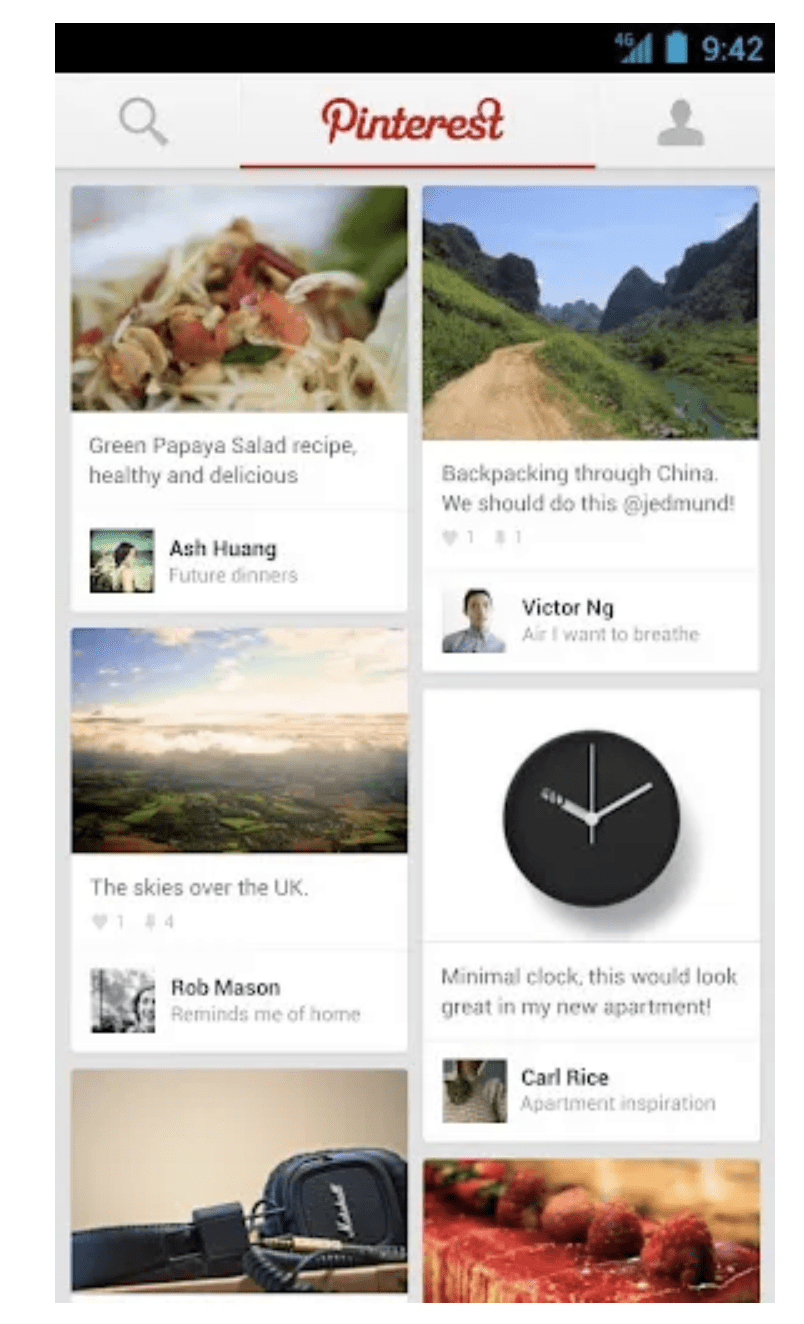 Pinterest's first interfaces
Pinterest's first interfaces
Zoom
Before its popularity surge during the pandemic, the platform offered limited basic features: video conferencing, recording, and screen sharing. This MVP proved convenient for users, and as revenue grew, the company added new features and improved data security.
iPhone
In the first MVP version of the iPhone's software, many familiar features were absent: copy and paste, Bluetooth, image sending, and more. However, the smartphone was revolutionary and changed the market.
Today, there are so many features in the iPhone that people don't always use even half of them.
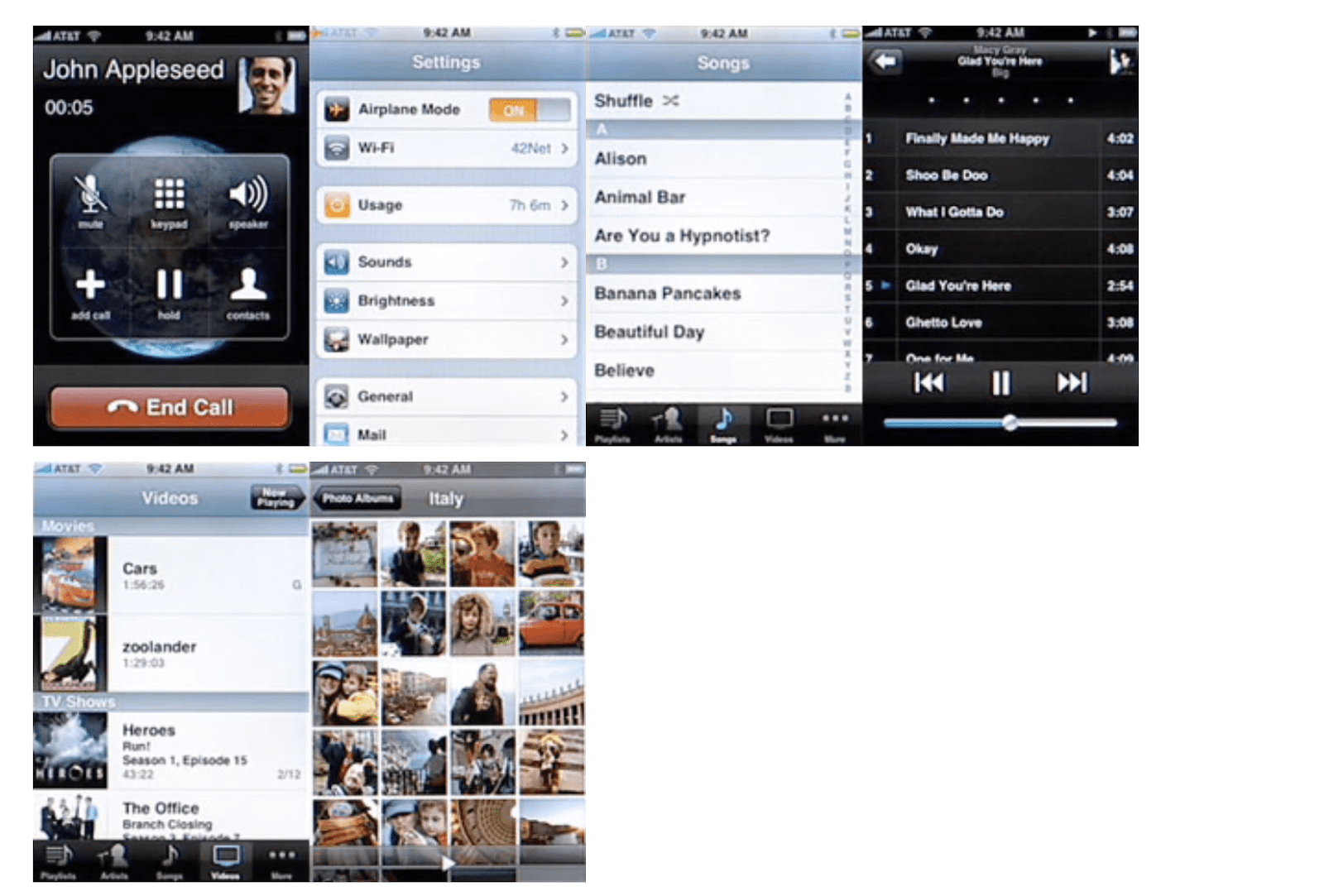 That's what the first IOS was
That's what the first IOS was
Summary
A Minimum Viable Product (MVP) is the implementation of an idea (often an IT service or application) with basic features that address the needs of customers. This approach is important for saving money on development, understanding users, and attracting investments. MVP visually demonstrates whether the product is needed by the audience, what its shortcomings are, and whether further investment in its development is worthwhile.
MVP differs from Proof of Concept (typically hypothesis testing without product development) and a prototype (a simulator without full functionality).
To develop an MVP, goals are set, the market and audience are studied, a development team and methodology are selected. After testing and launching the product, feedback is obtained from users themselves, who provide feedback.
* Product of Meta, recognized as an extremist organization in Russia.
You might be interested in:
The best way to monitor your email marketing efforts is by analyzing your email marketing metrics. Here's a list of the most important metrics that you should care about.
Read moreWebhooks open up endless possibilities for integration. Read about how this technology works.
Read moreLet's break down the loyalty program trends that will shape 2022 and the coming years so you can build better relationships with your customers.
Read more